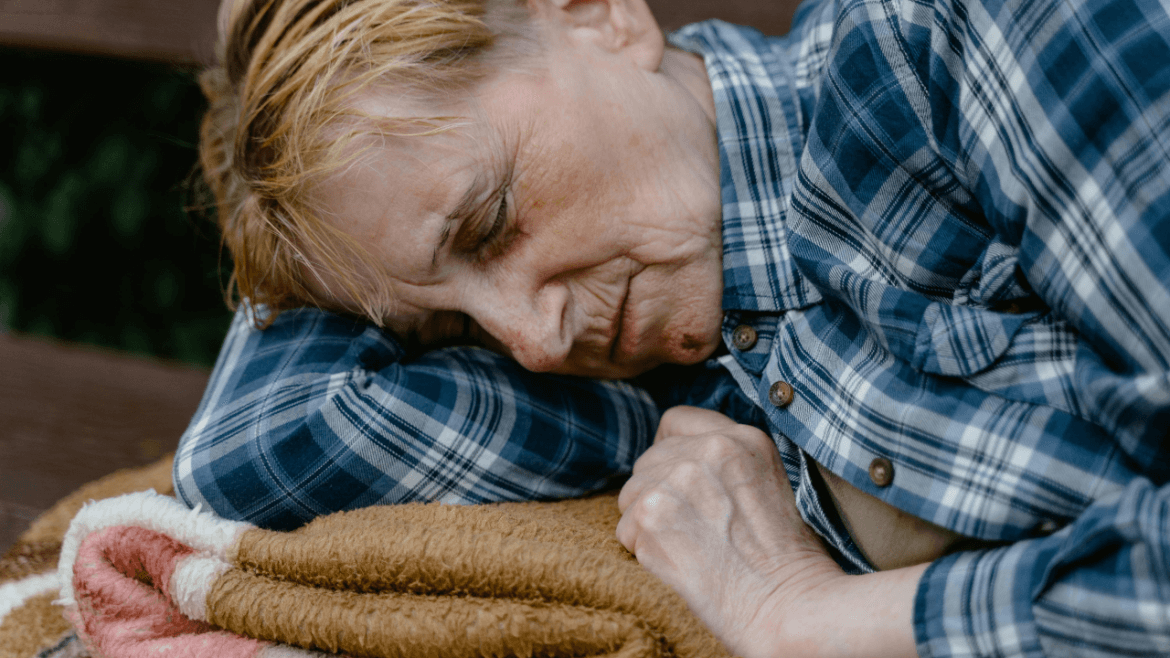Did you know that Leading Edge Senior Care has a Dementia Support Group? We meet monthly in Mesa. For more details <click here>
Ways To Prevent Bed Sores
Caring for someone at risk of bed sores demands attention, patience, and a commitment to their comfort and health. Bed sores, also known as pressure ulcers, can develop when prolonged pressure reduces blood flow to certain areas of the body.
Seniors, especially those with limited mobility, are particularly vulnerable to these painful and potentially dangerous sores. However, with the right preventative measures, bed sores can often be avoided, ensuring a senior’s well-being and quality of life.
Understanding Bed Sores
Before exploring prevention, it’s important to understand how bed sores form. Pressure ulcers occur when a part of the body experiences constant pressure. This cuts off circulation, depriving the area of oxygen and nutrients. Over time, this results in damage to the skin and underlying tissue. Seniors who are bedridden or wheelchair-bound face the highest risk, especially in areas where bones press against the skin, such as the heels, hips, and tailbone.
The first step to preventing bed sores is recognizing their early signs. Redness, swelling, or discoloration of the skin can be indicators that pressure is causing harm. Acting quickly at the first sign of these symptoms can prevent the condition from worsening.
Frequent Position Changes
Regularly changing a senior’s position is one of the most effective ways to prevent bed sores. This simple yet crucial action reduces prolonged pressure on vulnerable areas.
For those confined to a bed, repositioning every two hours is recommended. For wheelchair users, shifting weight every 15 minutes can significantly reduce risk. A rotation schedule can help caregivers remember when and how to adjust the person’s position, ensuring no single area of the body bears weight for too long.
Cushioning and Support
Specialized cushioning and mattresses play a pivotal role in prevention. Pressure-relieving cushions and foam mattresses are designed to distribute weight evenly, reducing pressure on specific areas. These tools can make a tremendous difference for individuals with limited mobility.
Wheelchair cushions, heel protectors, and padded supports are readily available and provide added layers of protection. Investing in these aids demonstrates a proactive approach to a loved one’s health and comfort.
Proper Skin Care
Maintaining healthy skin is vital in preventing bed sores. Dry, fragile skin is more prone to damage, so keeping the skin clean and moisturized is essential.
Use mild, non-irritating cleansers and lukewarm water to clean the skin gently. After cleansing, pat the skin dry, avoiding harsh rubbing, which can irritate delicate areas. Applying a gentle moisturizer can keep the skin supple and hydrated, offering an additional barrier against friction and pressure.
Balanced Nutrition and Hydration
The connection between diet and skin health cannot be overstated. A well-balanced diet, rich in vitamins, minerals, and protein, strengthens the skin and promotes tissue repair. Seniors at risk of bed sores should consume foods high in protein, vitamin C, and zinc, as these nutrients aid in maintaining skin integrity.
Equally important is proper hydration. Dehydrated skin becomes dry and brittle, increasing the risk of sores. Encouraging seniors to drink adequate water throughout the day can make a substantial difference.
Regular Movement and Exercise
Even minimal physical activity can improve blood circulation and reduce the risk of pressure ulcers. For bedridden seniors, simple exercises like gentle stretches or leg lifts, assisted by a caregiver, can enhance blood flow and keep muscles active.
For those able to sit or stand, engaging in light exercises, such as chair yoga or short walks, helps stimulate circulation and reduce pressure points. Encouraging movement, even in small amounts, fosters overall health and reduces complications.
Monitoring and Inspection
Vigilant monitoring ensures that any early signs of bed sores are identified promptly. Caregivers should inspect the skin daily, paying particular attention to bony areas where pressure tends to build.
Observing skin color changes, temperature differences, or tenderness can indicate the beginning of a sore. Early intervention is crucial to prevent further progression. Promptly addressing these signs can save the senior from unnecessary pain and complications.
Emotional and Psychological Care
Preventing bed sores isn’t solely a physical endeavor; emotional well-being plays a significant role in overall health. Seniors confined to beds or wheelchairs often feel isolated or frustrated, which can impact their willingness to engage in preventative measures.
Providing emotional support, engaging them in conversations, and involving them in their care can foster a sense of control and positivity. Feeling valued and heard often translates to better cooperation in maintaining health routines.
Partnering with Healthcare Professionals
Finally, consulting with healthcare professionals can offer valuable insights and guidance. A doctor, nurse, or physical therapist can recommend tailored solutions based on the senior’s unique needs.
They might suggest additional tools, therapies, or techniques to complement at-home care. Regular checkups also provide opportunities to address concerns and ensure preventative measures are effective.
Conclusion
Preventing bed sores in seniors is a comprehensive effort involving physical care, emotional support, and proactive planning. With regular repositioning, proper skin care, and a balanced approach to nutrition and hydration, the risk of pressure ulcers can be minimized.
Caring for a loved one in this way demonstrates compassion and dedication, ensuring their comfort and dignity remain intact. Taking these steps not only protects their health but also strengthens the bond between caregiver and senior, highlighting the profound impact of thoughtful care.

